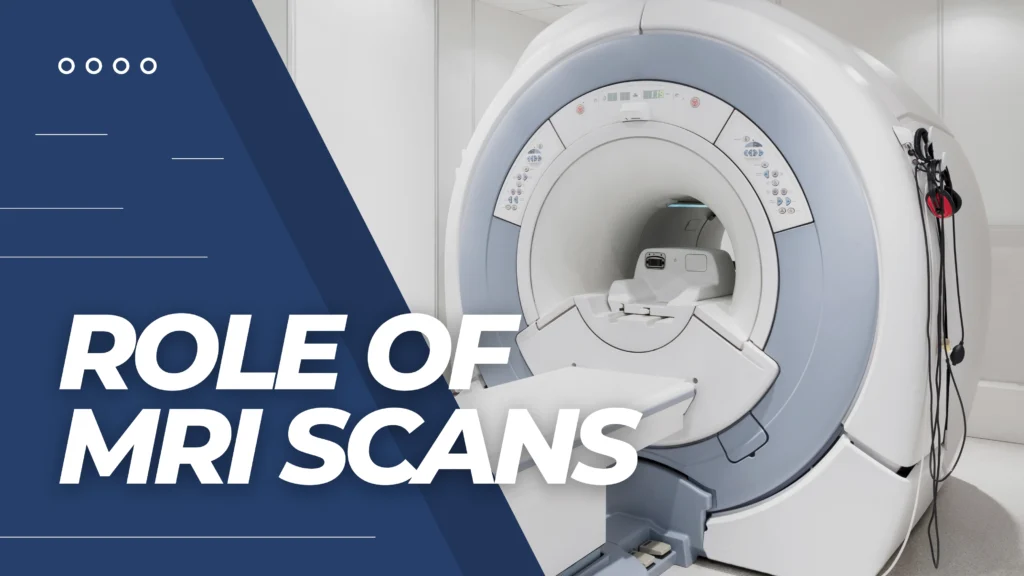How multiple sclerosis is diagnosed?
What is Multiple Sclerosis and What Causes it?
Multiple sclerosis (MS) is a chronic condition that affects the central nervous system. In MS, the immune system mistakenly attacks the myelin sheath—a protective covering around nerve fibers in the brain and spinal cord. Consequently, this interference can disrupt the transmission of nerve signals, resulting in a variety of symptoms including issues with coordination, movement, and sensation [1][2][3][4][5].
While the exact cause of MS remains elusive, experts believe it stems from a complex interplay of genetic, immunological, and environmental factors. This autoimmune response, wherein the body’s defense system targets its own tissues, may be triggered by genetic predispositions, viral infections like Epstein-Barr, and environmental influences. Nonetheless, ongoing research is vital to unraveling the mysteries of MS and potentially identifying ways to prevent its onset [1][2][3][4][5].
The Different Types and Stages of Multiple Sclerosis

Types
- Relapsing-Remitting Multiple Sclerosis (RRMS): This is the most common type, characterized by periods of new symptoms or relapses followed by periods of remission [6].
- Secondary Progressive Multiple Sclerosis: This stage typically follows the relapsing-remitting stage. In this stage, the disease may start to progress more steadily, with or without relapses and remissions [6].
- Primary Progressive Multiple Sclerosis: This type is characterized by a gradual worsening of symptoms from the beginning, without distinct relapses or remissions [6].
- Clinically Isolated Syndrome (CIS): This involves an isolated episode of neurological symptoms that may or may not recur and is considered a first sign of MS in some individuals [7].
Stages
The stages of MS can be broadly categorized into:
- initial (diagnosis) [8],
- early (little disability) [8],
- later (moderate disability) [8], and
- advanced (severe disability) [8].
It’s important to note that the progression of the disease and the specific stages experienced can vary widely among individuals.
The Common Signs and Symptoms of Multiple Sclerosis

Multiple sclerosis, commonly known as MS, is a condition that can lead to a variety of symptoms impacting different parts of the body. Consequently, these symptoms are diverse and can vary greatly from person to person. Some of the typical symptoms include:
- Fatigue
- Vision problems
- Numbness and tingling
- Muscle spasms, stiffness, and weakness
- Mobility problems
- Pain
- Problems with thinking, learning, and planning
- Depression and anxiety
- Sexual problems
- Bladder problems
- Bowel problems
- Speech and swallowing difficulties [5][9]
Got some odd symptoms? Don’t jump to conclusions! MS signs often overlap with other issues. What feels like MS to one might not to another. That’s why it’s best to make an appointment with your GP about any symptom that worries you [10].
The Tests and Procedures Used to Diagnose Multiple Sclerosis

Diagnosing multiple sclerosis (MS) can be tricky because it involves ruling out other conditions with similar symptoms. However, there aren’t specific tests for MS; instead, doctors use a mix of strategies and diagnostic tests to pinpoint it. Here are some tests and procedures commonly used:
- Medical history and neurological exam
- Magnetic resonance imaging (MRI)
- Visual evoked potential (VEP) tests
- Spinal fluid analysis
- Blood tests [11][12][13].
Early and precise diagnosis of MS is crucial to prevent neurologic damage. Consequently, for top-notch management, head to a comprehensive MS center. Here, you’ll find expert neurologists, urologists, physiatrists, psychologists, and more, all dedicated to tackling multiple sclerosis effectively [14].
The Role of MRI Scans in Multiple Sclerosis Diagnosis

Magnetic resonance imaging (MRI) is a vital tool in diagnosing multiple sclerosis (MS). It’s not just any imaging method; rather, it’s the top choice for confirming MS and tracking its progression [15].
To understand MS, doctors look for specific patterns of white matter lesions in the brain and spinal cord over time, and MRI is the best at revealing these [16].
In fact, a single MRI scan can now confirm MS definitively. Typically, doctors order brain and cervical spinal cord MRIs for MS diagnosis, but they may adjust based on individual needs [17].
MRI isn’t just for diagnosis; it’s crucial for managing MS too. It helps visualize how the disease affects the body, tracks changes over time, gauges treatment effectiveness, and fuels research into MS. MRI isn’t just a picture; rather, it’s a window into understanding and fighting MS effectively [17][18].
The Bottomline
In conclusion, multiple sclerosis (MS) is a chronic condition where the immune system attacks the myelin sheath, disrupting nerve signal transmission and causing various symptoms. While its exact cause remains uncertain, a combination of genetic, environmental, and viral factors is implicated. Diagnosis relies on a range of tests including MRI scans. Early detection is crucial for effective management. Additionally, MRI plays a key role in diagnosis, monitoring, and research. Furthermore, further research is needed to better understand and prevent MS.





